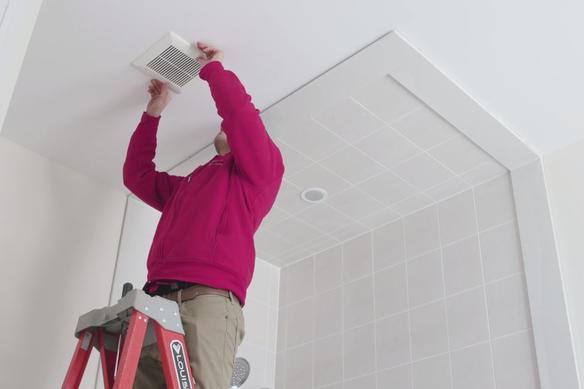Bathroom Ventilation
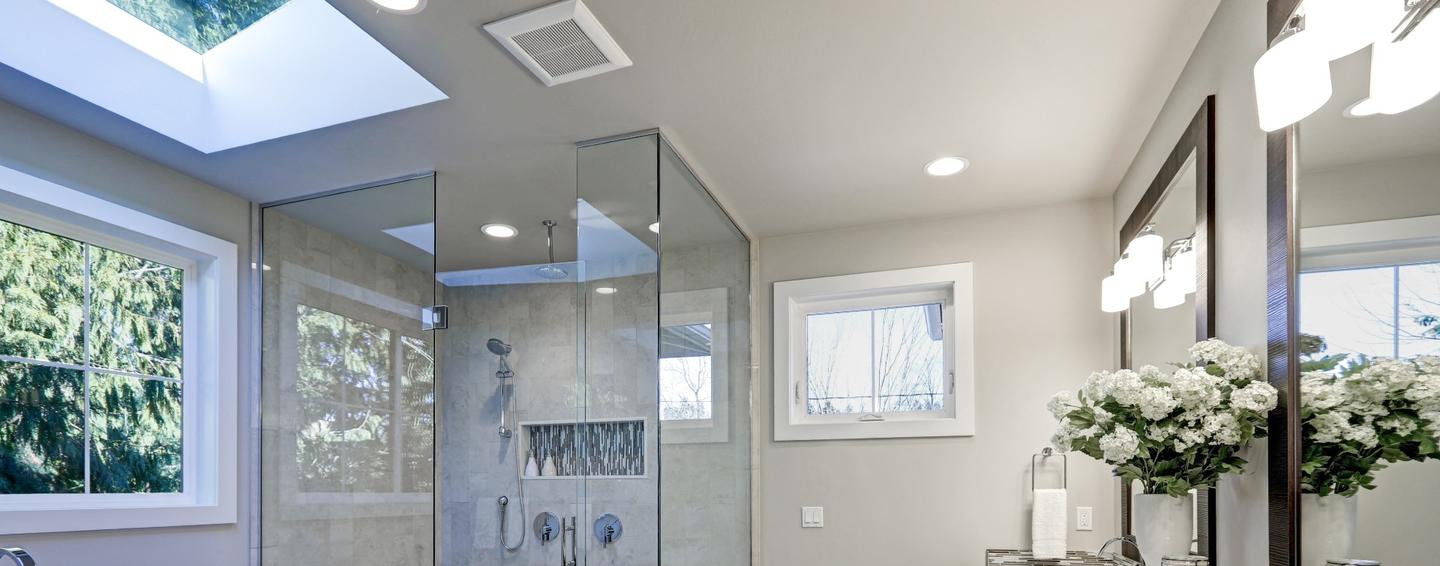
What’s lurking in your bathroom?
Water is perhaps the most damage-causing element on earth, and bathroom moisture is no different.
A guide for homeowners
Between its many sources of running water, your bathroom is likely to be among the biggest source of moisture in your home. Let's review the reasons for having bathroom ventilation as well as some of the key purchasing considerations.
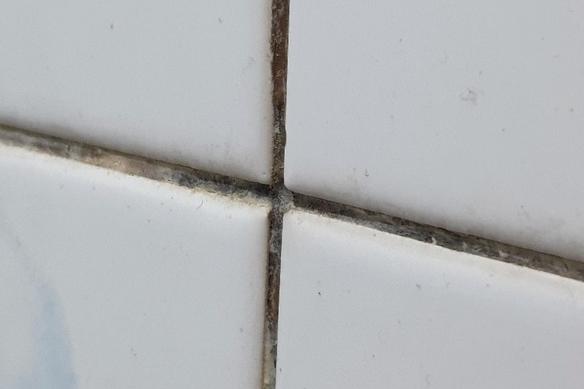
Why do you need ventilation in a bathroom?
Without proper ventilation, moisture can remain trapped in the bathroom, stimulating the growth of mold/mildew spores and potentially damaging paint, wallpaper, floors and metal fixtures. Breathing in spores, or the microbiological volatile organic compounds (MVOCs) they produce, can cause serious health problems, especially for people with asthma or other respiratory conditions.

Is it necessary to have an exhaust fan in a bathroom?
Yes, an exhaust fan removes excess moisture and stale air from the bathroom, maintaining healthy indoor air quality (IAQ) and preventing structural damage to the house. Ideal bathroom ventilation includes an exhaust fan that automatically turns on and starts generating airflow before moisture is released, thus minimizing the risk of mold/mildew growth.
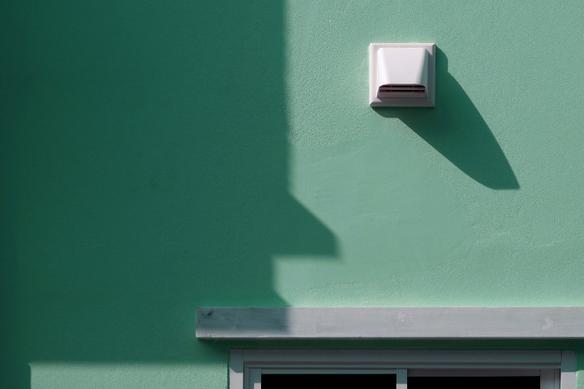
Do bathroom vents need to vent outside?
Yes, venting into another part of the house, such as the attic, simply shifts moisture around and does not improve IAQ or prevent structural damage. A bathroom fan should exhaust warm, moist air through sealed, insulated ducts so that walls and ceilings are not exposed to condensation or leaked moisture.
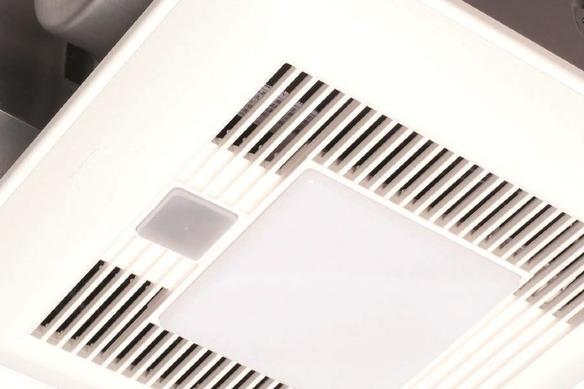
What are the options for bathroom exhaust fans?
Bathroom exhaust fan options include airflow rating, measured in cubic feet per minute (CFM); noise level, measured in sones; mounting location, either wall- or ceiling-mounted; energy efficiency, Energy Star certified or not; automation, sensor-driven or switch-activated (with or without timed shutoff); integration, with a light or heat lamp.

What is a good CFM for a vent fan?
An exhaust fan should be able to replace the air in a bathroom 8 times per hour, so the CFM rating depends on the size of the bathroom and number of moisture sources. A spacious bathroom with toilet, sink, bathtub and shower will require a larger fan than a small two-piece bathroom.
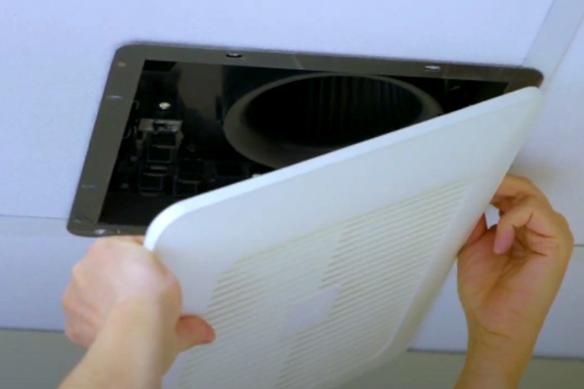
Wall mount or ceiling mount?
Bathroom vent location depends on the design and location of the bathroom itself. For example, a wall fan might be a better choice in a first-floor bathroom where a ceiling fan is difficult to install. Conversely, a ceiling fan might be preferred in an upstairs bathroom or a bathroom in the house’s interior.
Improve your bathroom's ventilation
Excess moisture can ruin expensive fixtures and cabinetry by encouraging rust and surface buckling, while providing a breeding ground for mold. Don’t discount discoloration on walls. Many homeowners dismiss odd colouring, wrinkling or softness on walls. Pay attention to excess moisture before it causes damage.
Ventilating your bathroom with the proper ventilation fan will exhaust excess moisture and keep it drier. Even better, models with built-in condensation sensors will automatically turn the fan on when humidity is detected. And if your current fan is old, noisy and ineffective, installing a new fan is much less costly than restoring a damaged bathroom.


